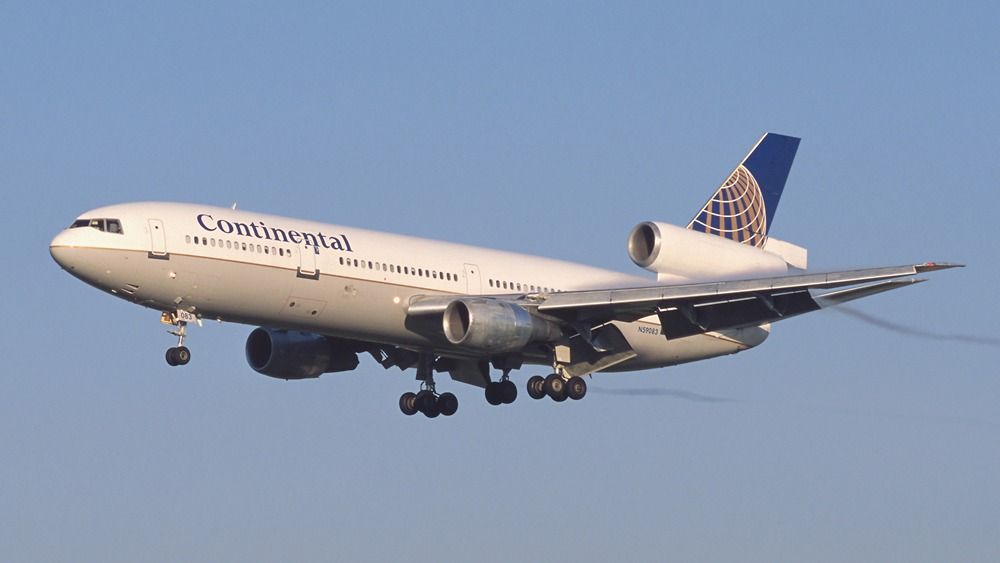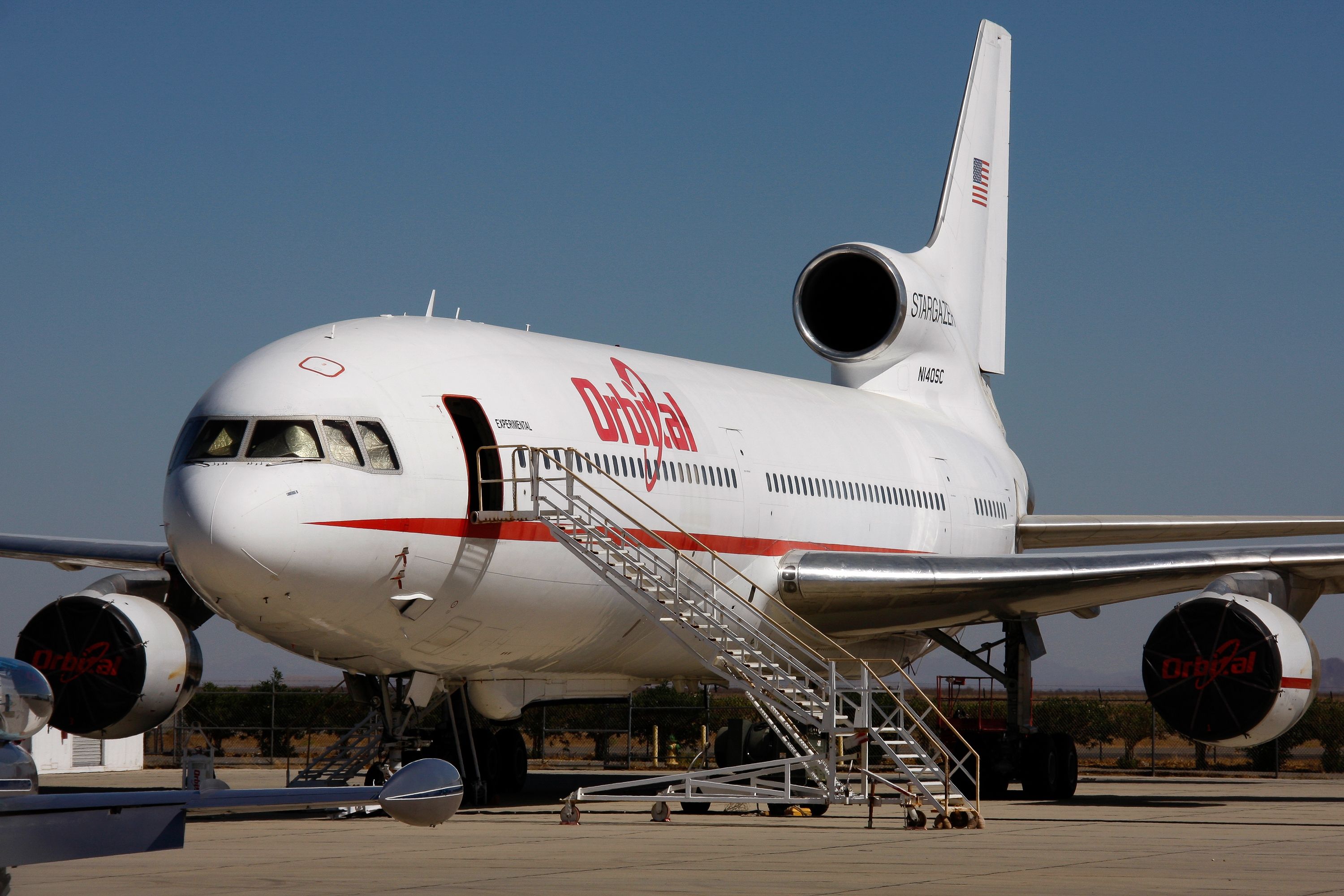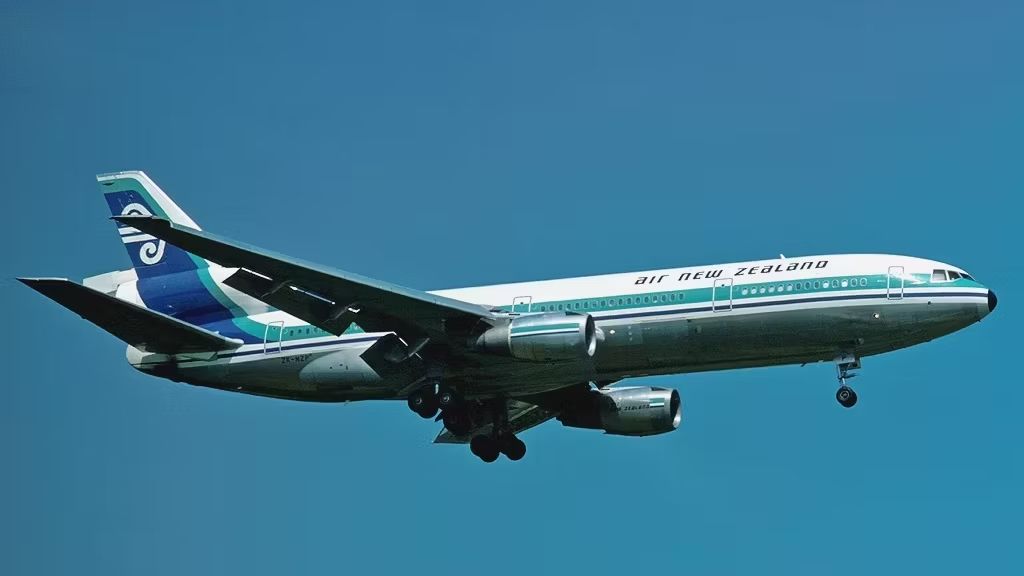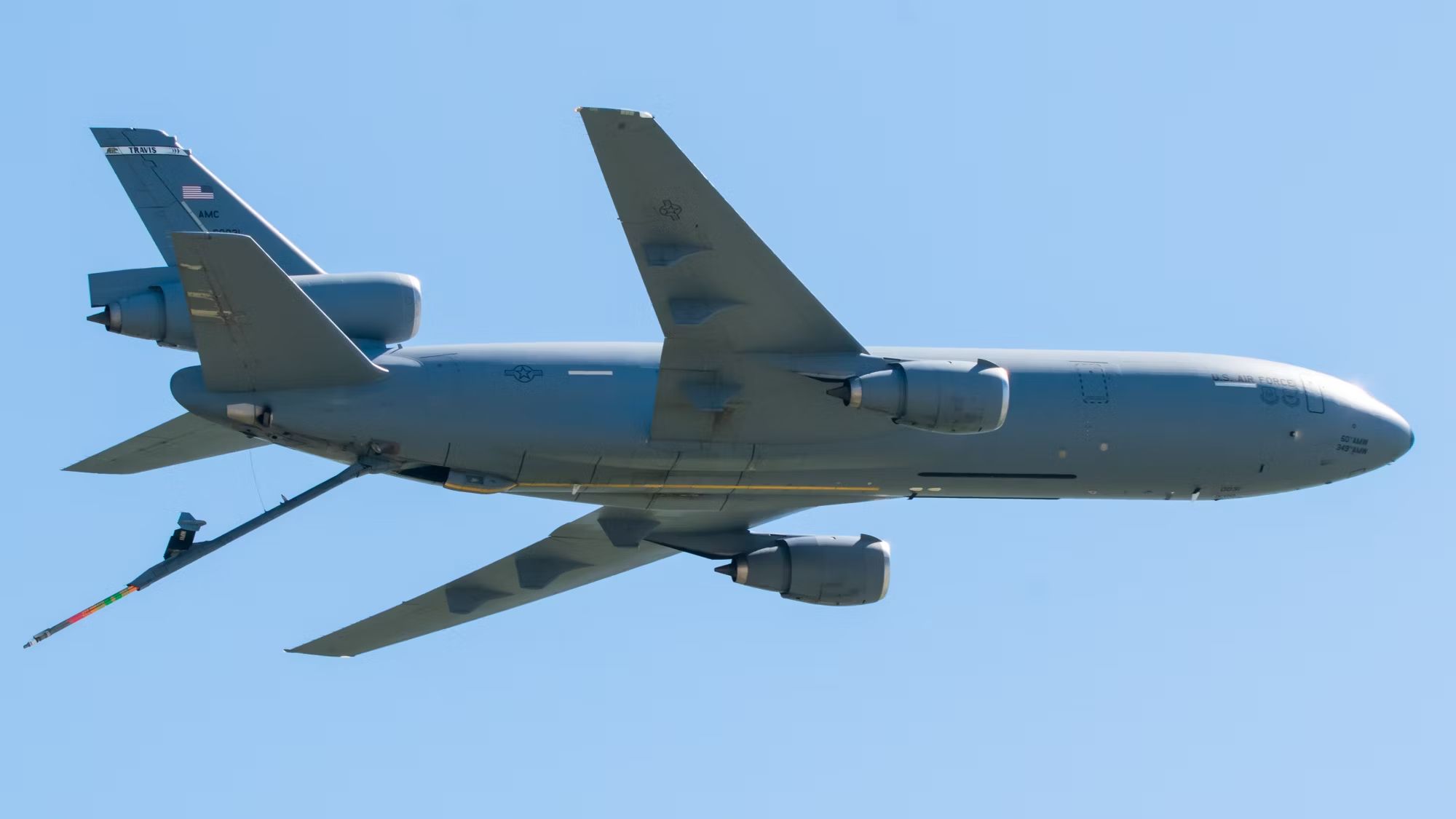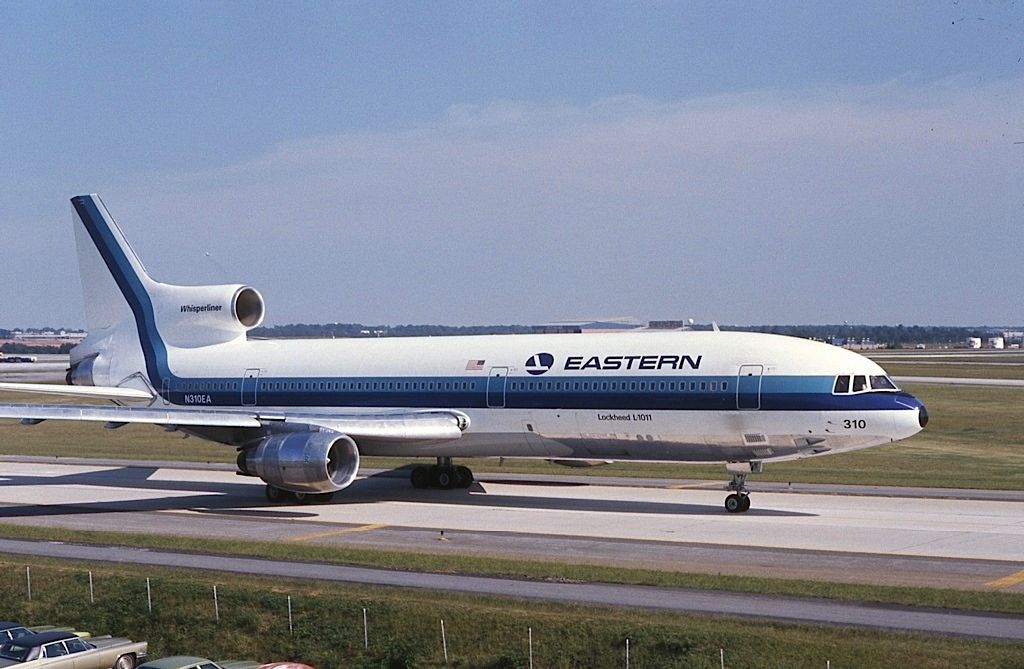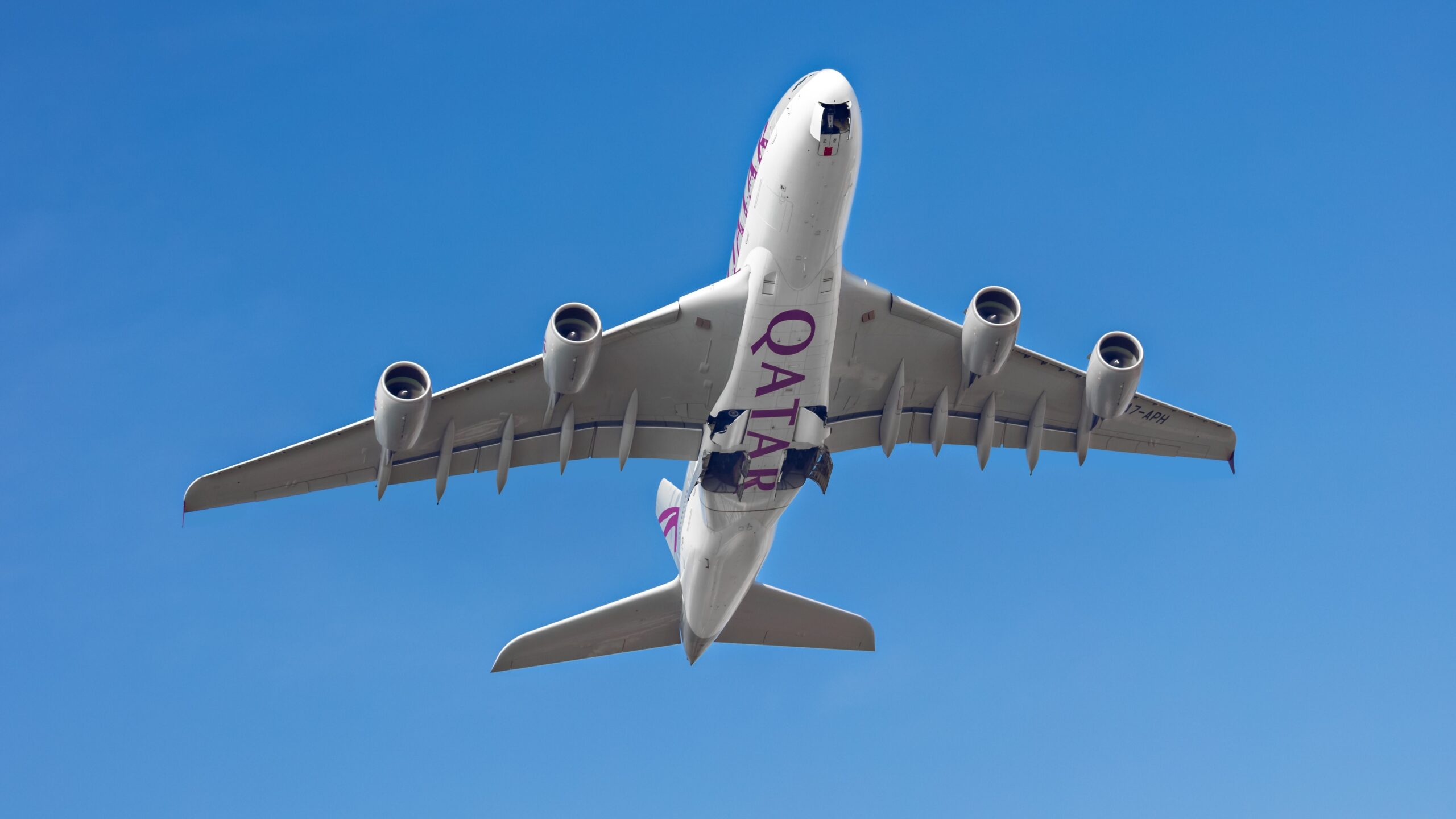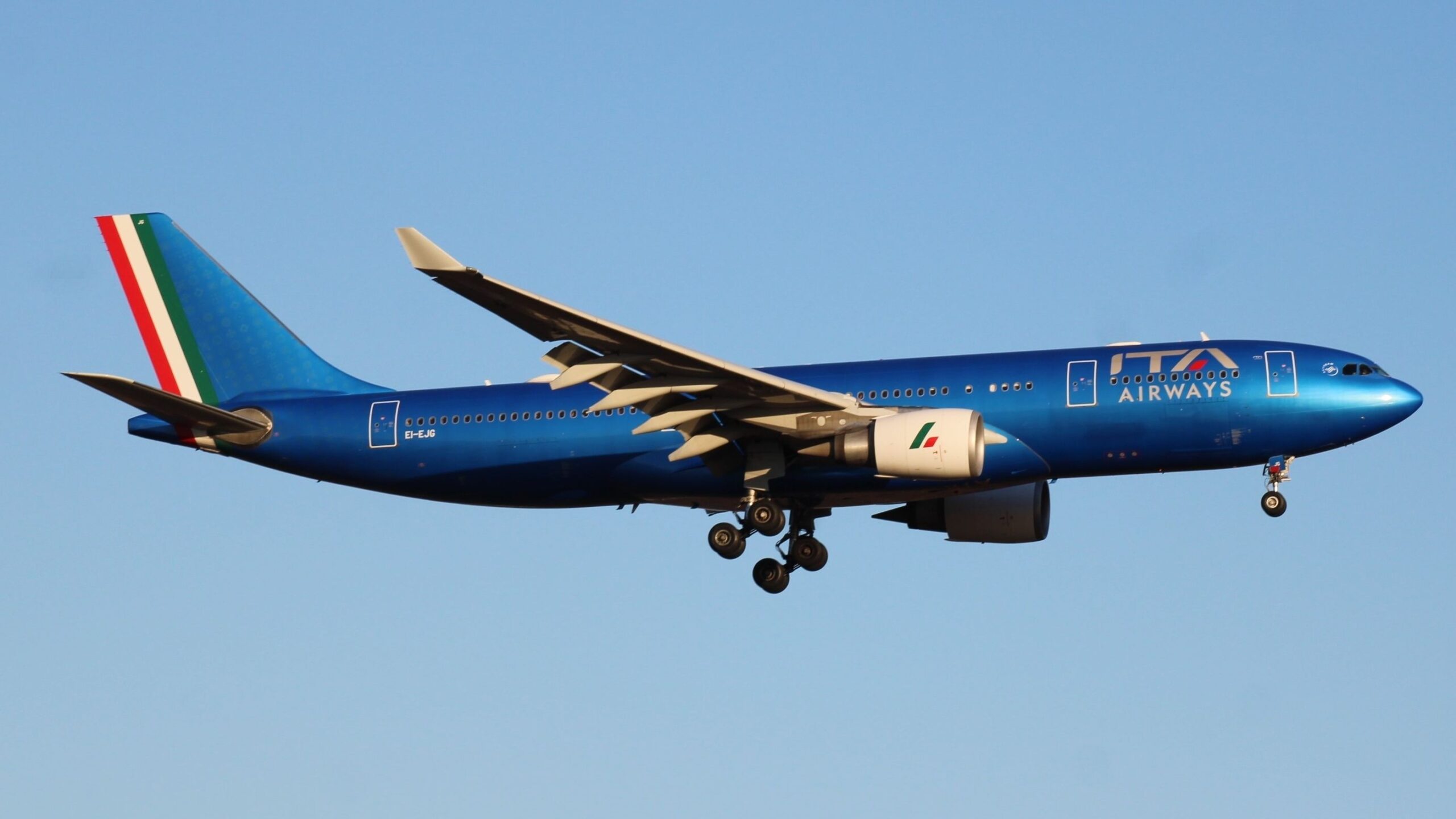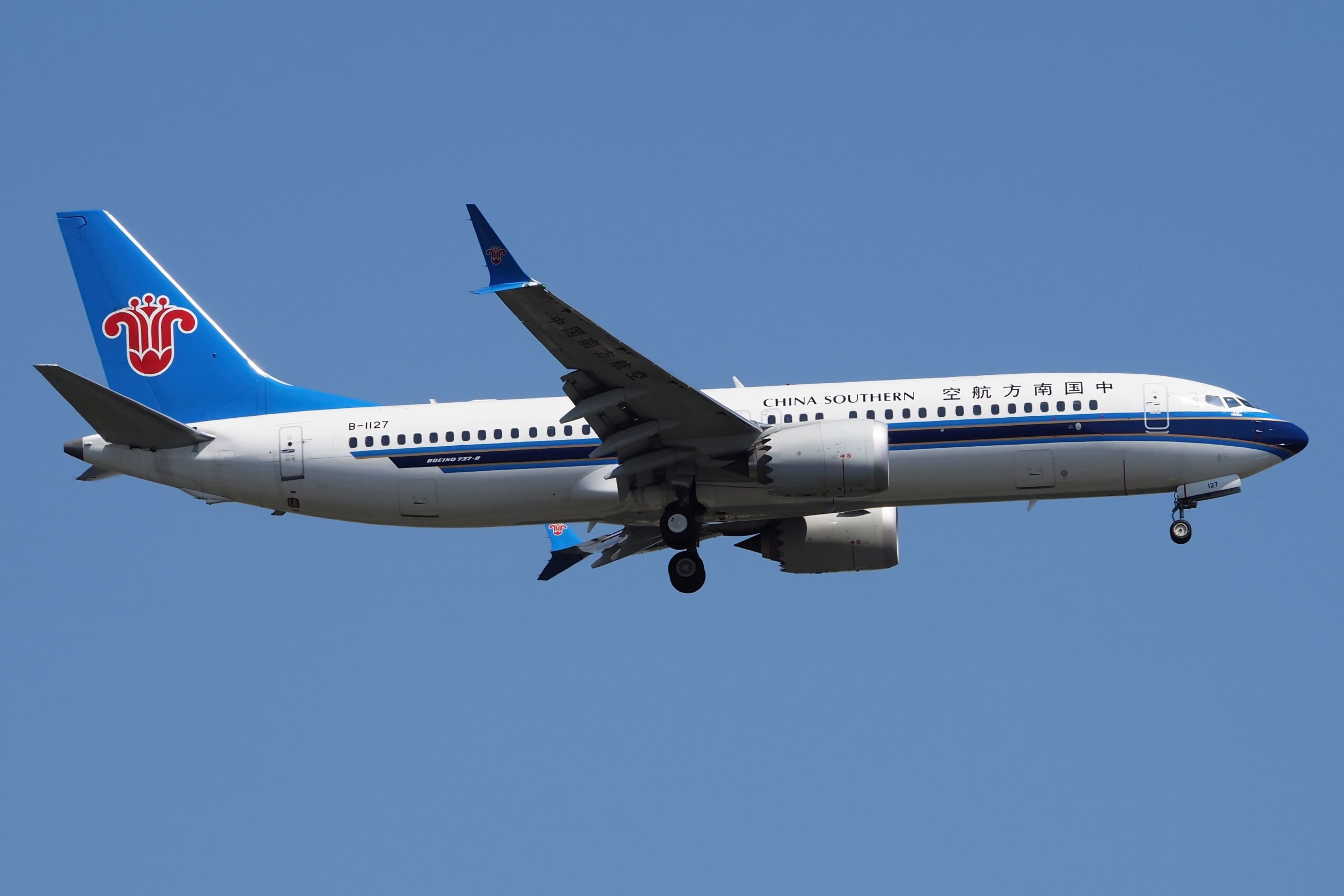Summary
- The Lockheed L-1011 TriStar almost bankrupted the company due to production delays and limited demand in the trijet market.
- The McDonnell Douglas DC-10 had a problematic safety record but outsold the L-1011 due to earlier production and marketing strategies.
- The trijet market was not large enough for either aircraft to thrive, and the introduction of twinjets rendered the trijets obsolete.
The Lockheed L-1011 TriStar was undeniably one of the most advanced aircraft of its time. With modern avionics and increased automation, the aircraft could virtually land itself and could even safely approach runways under zero-visibility conditions.
The aircraft, however, nearly bankrupted the company that built it, alongside British engine manufacturer Rolls-Royce. Despite 250 jets ultimately completing construction, and thus rendering the program far from a complete failure, Lockheed would never build a civilian airliner ever again and would stick almost exclusively to the defense space.
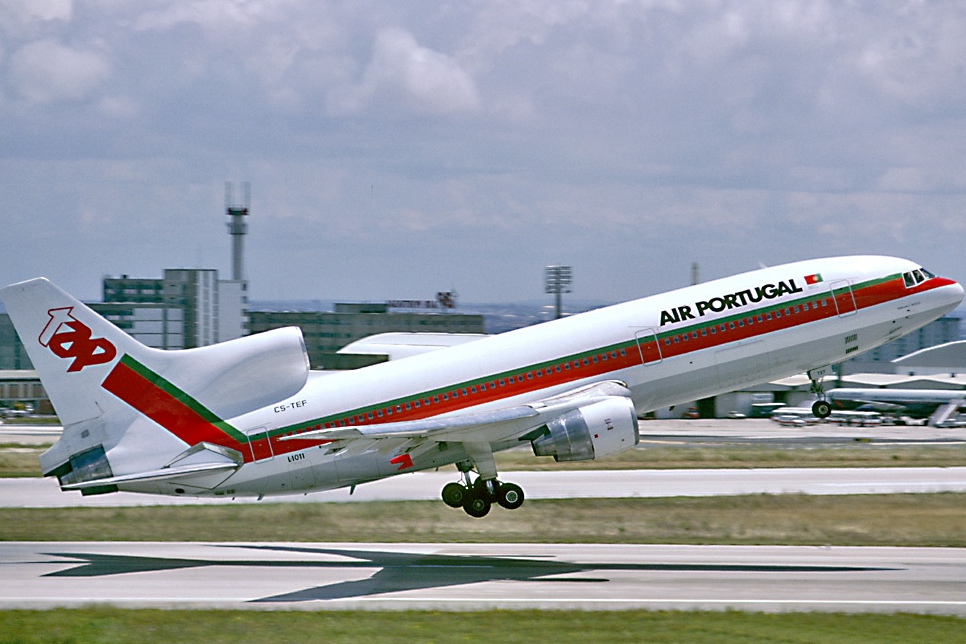
Related
53 Years Since Its First Flight: 5 Fun Facts About The Lockheed L-1011 ‘TriStar’
From technological innovations to unique roles today, 53 years post-debut.
The McDonnell Douglas DC-10 was designed with similar engineering to the earlier DC-8 and thus was technologically far behind the L-1011 TriStar. Furthermore, the DC-10 had a problematic safety record and encountered a string of fatal crashes in the 1970s that damaged the aircraft’s credibility.
It would appear that the L-1011 would be poised to succeed against its outdated and dangerous rival, but this was not in fact the case, with over 430 DC-10s being delivered to customers. In this article, we will take a deeper look at what led the DC-10 to outsell the superior L-1011.
The niche trijet market
When the Federal Aviation Administration (FAA) enforced its 60-minute rule before the establishment of Extended-Range Twin-Engine Operational Performance Standards (ETOPS), twinjets were extremely limited in their capabilities on transoceanic routes. Quadjets, however, proved inefficient as well, as their heavy fuel consumption required them to be consistently full to profit.
Photo: Photofex_AUT | Shutterstock
This created a small niche for trijets, as they could skirt the FAA’s regulations by having more than two engines, but could also beat out the operating economics of the four-engine Boeing 747. Thus, both McDonnell Douglas and Lockheed raced to capture this market segment, ceding the top of the market to Boeing’s successful jumbo jet.
A race for production
Lockheed even had a head start going into the battle to get both planes on the market. With development complete, the aircraft was to enter production in 1968. McDonnell Douglas would take another year to get production started on the DC-10.
Despite this, Lockheed fell behind and did not deliver its first L-1011 until 1972, while McDonnell Douglas did so a year earlier in 1971. American Airlines was the launch customer for the DC-10, while Eastern Air Lines was the first carrier to take delivery of the L-1011. According to a piece published in TIME, Lockheed had been handcuffed by production delays at Rolls-Royce, which was the only manufacturer to offer to build the L-1011’s unique S-shaped tail engines.
The DC-10 beat the L-1011 to the market, and advertised a high level of passenger comfort, dubbing the aircraft the “Luxuryliner,” a concept airlines were sure to use in marketing campaigns. By the time the L-1011 got to customers, it was almost too late as the DC-10 was able to edge out its rival on the order book.
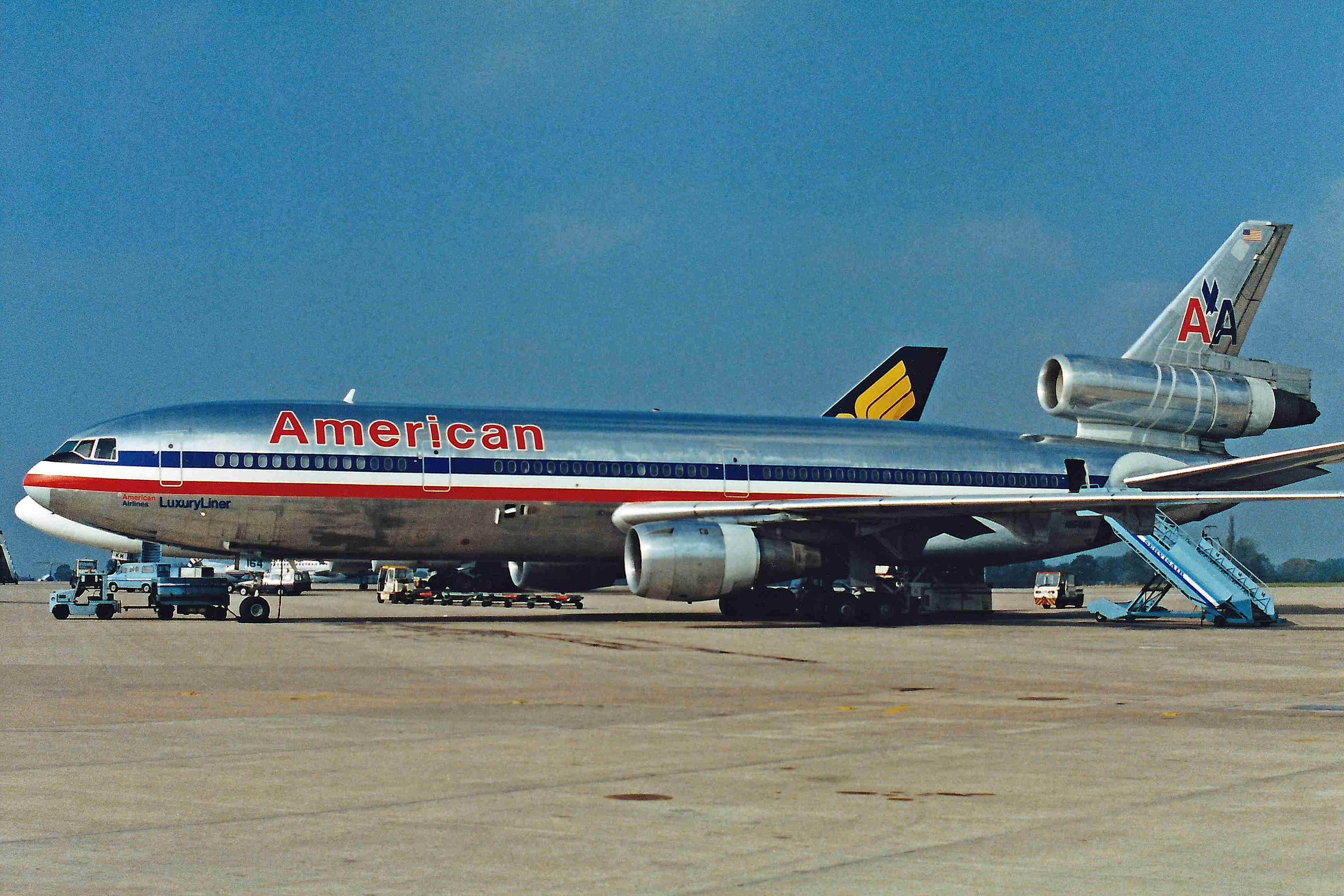
You might also like:
54 Years Since Its First Flight: A Guide To The McDonnell Douglas DC-10’s Main Variants
The type no longer sees passenger service today.
The bottom line
At the end of the day, the trijet market was not big enough for either aircraft to truly thrive and become a bestseller. By the time ETOPS regulations came around and allowed efficient twinjets to cross overwater, the trijet’s high fuel consumption soon rendered it obsolete.
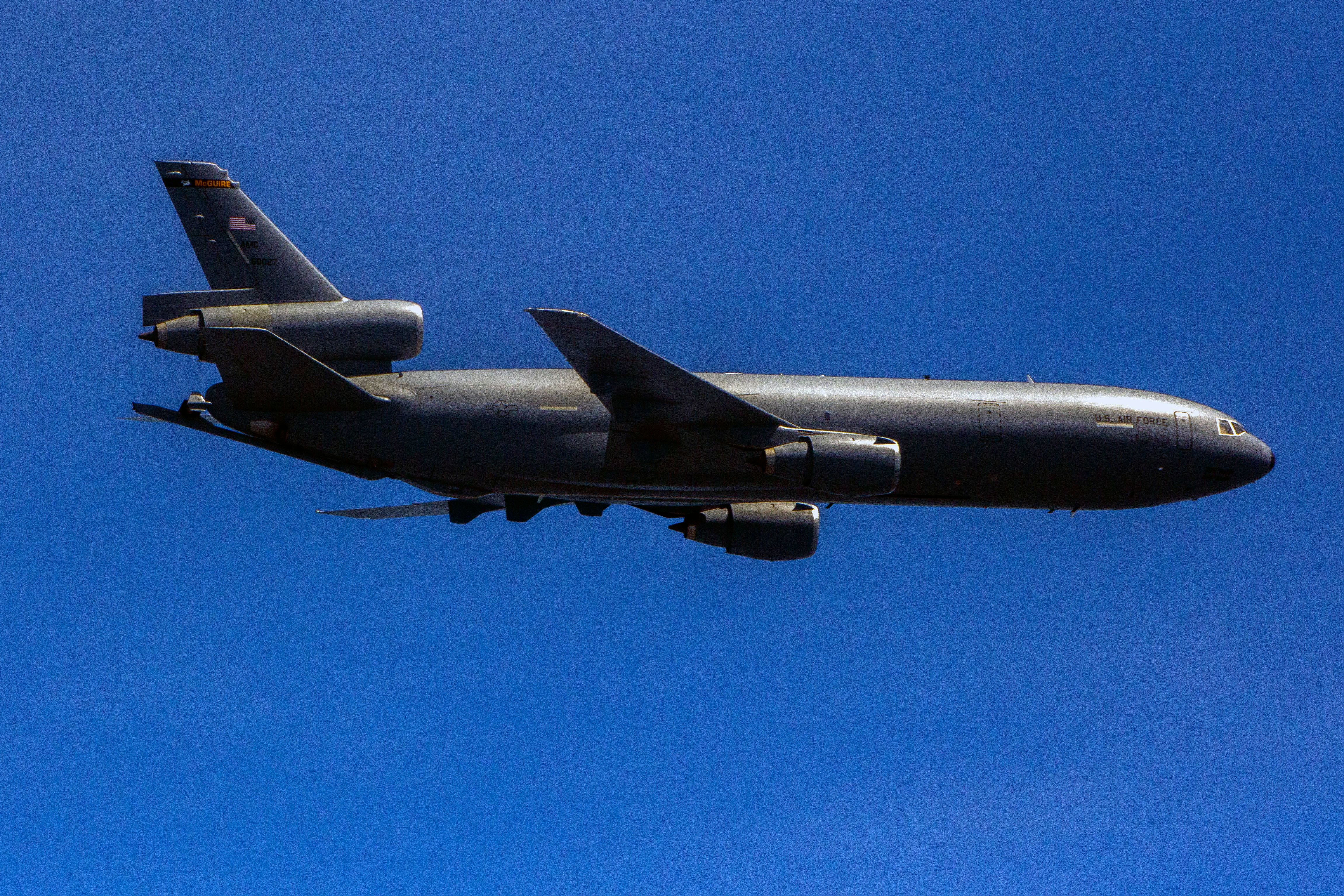
Related
42 Years Of Flight: The McDonnell Douglas KC-10 Extender’s History
A look at one of the United States Air Force’s key assets.
But from a sales perspective, McDonnell Douglas made some smart moves. Despite a questionable early safety record, the aircraft would prove over time to be just as safe as most other aircraft of the era. Not only did they get their aircraft to customers sooner, but the manufacturer also designed a second life for the jet as an aerial tanker, and the company sold 60 KC-10 Extender planes. Lockheed, however, got unlucky with production delays at Rolls-Royce.
Photo: Joe Kunzler | Simple Flying
Nonetheless, the L-1011 would go on to serve some of America’s biggest airlines for the next few decades. The jet was simply built too slowly and targeted a market that just was not big enough to justify its high development costs.
Largest trijet operators
Among the largest operators of the DC-10 were:
- American Airlines
- United Airlines
- Hawaiian Airlines
- Continental Airlines
- Malaysia Airlines
- Garuda Indonesia
- Varig.
Meanwhile, airlines with a significant number of L-1011s in their fleets included:
- Air Lanka
- Air France
- Air India
- Delta Air Lines
- Eastern Air Lines
- TWA
- BWIA West Indies Airways
- Saudia.
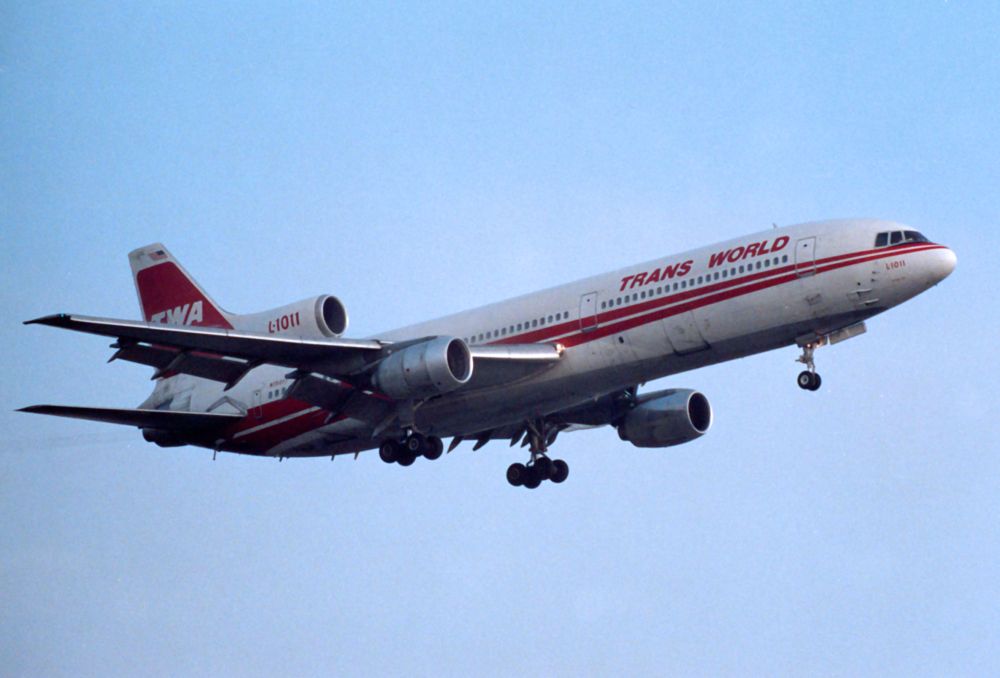
You might also like:
The Rise & Fall Of The Lockheed L-1011 TriStar
The aircraft was introduced on April 26th, 1972.
What are your memories of the McDonnell Douglas DC-10 and the Lockheed Tristar L-1011? How many flights did you take on each aircraft? Share your experiences by commenting below.

